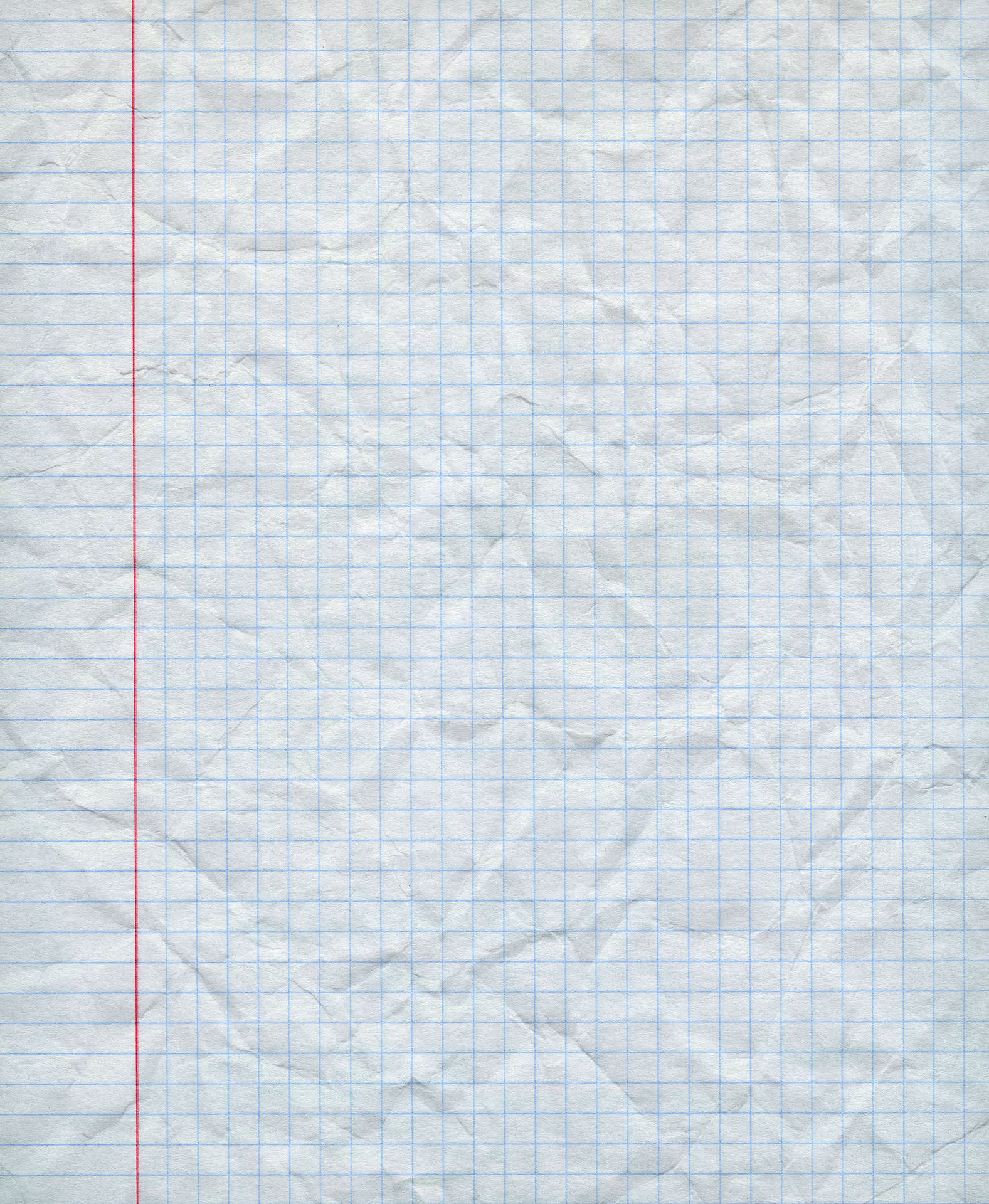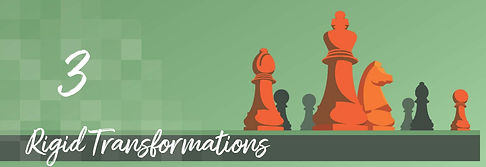

Chapter Outline
In this chapter, you’ll learn how rigid motions are used to show geometric relationships by preserving the size and shape of figures while transforming them. Rigid motions, such as translations, rotations, and reflections, help you understand how shapes can be moved around a plane without changing their fundamental properties. For instance, you can use a translation to slide a triangle to a new position, a rotation to spin it around a point, or a reflection to flip it across a line. By exploring these transformations, you’ll see how geometric figures relate to one another and gain a deeper understanding of concepts like congruence and symmetry. This will help you visualize and solve problems involving shapes in a more intuitive and meaningful way.
3.1
Measureing Length and Angles
Learning Objectives
By the end of this section, you will be able to:
-
Identify measures of line segments and angles
-
Apply segment postulates to investigate measures of line segments
-
Apply angle postulates to investigate measures of angles
-
Use a protractor to measure angles
3.2
Introduction to Transformations
Learning Objectives
By the end of this section, you will be able to:
-
Identify the type of transformation by analyzing a figure and its image
-
Determine if a transformation is an isometry
-
Use prime notation to identify corresponding parts and mappings of transformed figures
-
Explore geometric relationships using transformations
3.6
Combinations
Learning Objectives
By the end of this section, you will be able to:
-
Identify the sequence of rigid transformations mapping a figure onto itself
-
Perform a composition of rigid transformations mapping a figure onto itself
-
Develop the formal definition of a composition of transformations
-
Determine the image or pre-image of a figure after a given composition of transformations